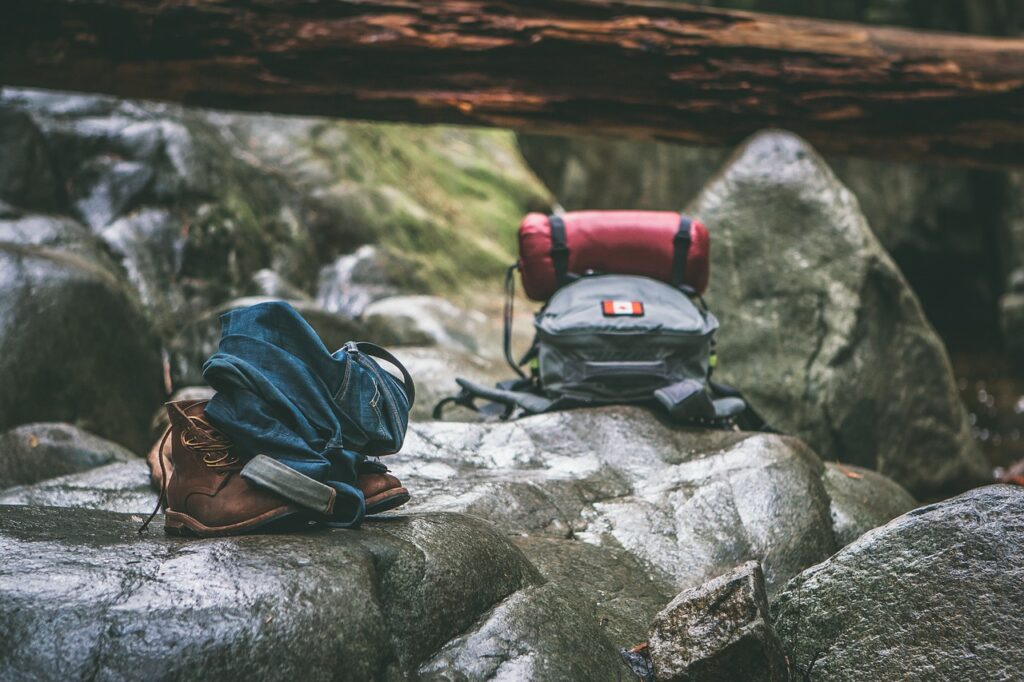Introduction
Welcome to our comprehensive guide on what to wear for hiking in summer season! When it comes to enjoying the great outdoors, dressing appropriately is key to having a comfortable and safe hiking experience. In this article, we will provide you with expert tips and detailed recommendations to help you choose the perfect hiking attire for your summer adventures. Whether you’re a beginner or a seasoned hiker, this guide will ensure that you’re fully prepared for the challenges that lie ahead.
1. Choose Breathable Fabrics
One of the most important factors to consider when selecting your hiking in summer is the choice of fabrics. Opt for lightweight and breathable materials that wick away moisture from your body, keeping you cool and dry throughout your hike. Synthetic fabrics such as polyester and nylon are excellent choices as they dry quickly and provide efficient moisture management. Additionally, merino wool is a natural fabric that offers excellent breathability and temperature regulation.
2. Dress in Layers
Layering is essential for hiking in summer, as the weather conditions can change unexpectedly. Start with a moisture-wicking base layer that sits close to your skin and helps regulate your body temperature. Over this, add a lightweight, long-sleeved shirt to protect yourself from the sun’s rays. Choose a breathable and quick-drying material for maximum comfort.
For your outer layer, bring along a lightweight, waterproof jacket in case of sudden rain showers or cooler temperatures at higher elevations. Ensure that the jacket is packable and easy to carry in your backpack.
3. Protect Your Extremities
Don’t forget to pay attention to protecting your extremities while hiking in summer heat. Let’s explore some tips for various body parts to ensure comprehensive protection and comfort while hiking.
Headwear
Wear a wide-brimmed hat or a cap with a neck flap to shield your face, ears, and neck from the sun. This will help prevent sunburns and keep you cool.
Eyewear
Invest in a high-quality pair of sunglasses that provide effective UV protection. Look for sunglasses with polarized lenses to reduce glare and improve visibility on bright, sunny days.
Footwear
Choose sturdy and breathable hiking boots or trail shoes that provide excellent traction and ankle support. Make sure they are well broken in before embarking on a long hike to avoid discomfort and blisters.
Socks
Opt for moisture-wicking and cushioned socks to keep your feet dry and comfortable throughout your hike. Steer clear of cotton socks as they have a tendency to retain moisture, which can result in blisters.
4. Don’t Forget Sun Protection
When spending prolonged hours outdoors, protecting your skin from harmful UV rays is crucial. Apply a broad-spectrum sunscreen with a high SPF rating to all exposed areas of your body, including your face, neck, arms, and legs. Remember to reapply sunscreen every two hours, or more frequently if you are perspiring heavily. Additionally, consider using a lip balm with SPF to protect your lips from sunburn.
5. Stay Hydrated
Hydration is key during hiking in summer to prevent heat-related illnesses. Carry an adequate amount of water in a hydration pack or water bottle and drink frequently to stay hydrated. Additionally, pack lightweight, easy-to-consume snacks to replenish your energy levels during breaks.
6. Consider Insect Repellent
Summer hikes often mean encountering pesky insects such as mosquitoes and ticks. To protect yourself from insect bites and the potential transmission of diseases, apply an effective insect repellent before heading out. Look for products containing DEET or other recommended active ingredients.

7. Pack Essentials in Your Backpack
Apart from hiking in summer attire, it’s essential to carry a well-equipped backpack with the following items:
- Map and compass or GPS device
- First aid kit
- Multi-tool or Swiss Army knife
- Headlamp or flashlight with extra batteries
- Whistle for signaling
- Lightweight emergency shelter option, such as a versatile space blanket
- Extra food and snacks
- Extra clothing (in case of unexpected weather changes)
Conclusion
By following these expert tips and recommendations, you’ll be well-prepared for your hiking in summer adventures. Remember to prioritize comfort, protection from the sun, and staying hydrated throughout your hike. Don’t forget to check the weather forecast and trail conditions before embarking on your journey. Stay safe, enjoy the stunning scenery, and make unforgettable memories in the great outdoors!
